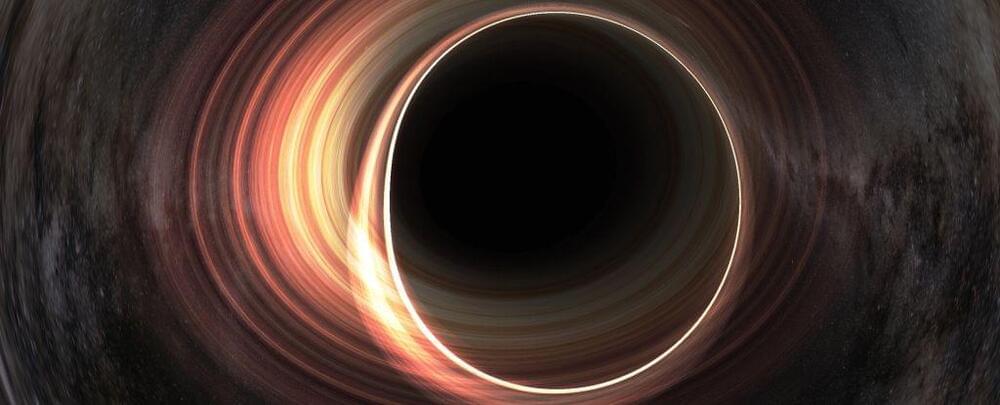(Visit: http://www.uctv.tv/)
1:39 — Understanding Primate Brain Development Using Stem Cell Systems — Rick Livesey.
18:58 — Human-Specific Genes and Neocortex Expansion in Development and Evolution — Wieland Huttner.
37:17 — Cellular and Molecular Features of Human Brain Expansion and Evolution — Arnold Kriegstein.
The human brain is one of, if not the most important factor that distinguishes our species from all others. Three experts explore the use of stem cells in understanding the primate brain, genes that guided the evolution of the human brain, and the features that enabled the expansion of human neural characteristics. Recorded on 09/29/2017. Series: “CARTA — Center for Academic Research and Training in Anthropogeny” [11/2017] [Show ID: 32927].



